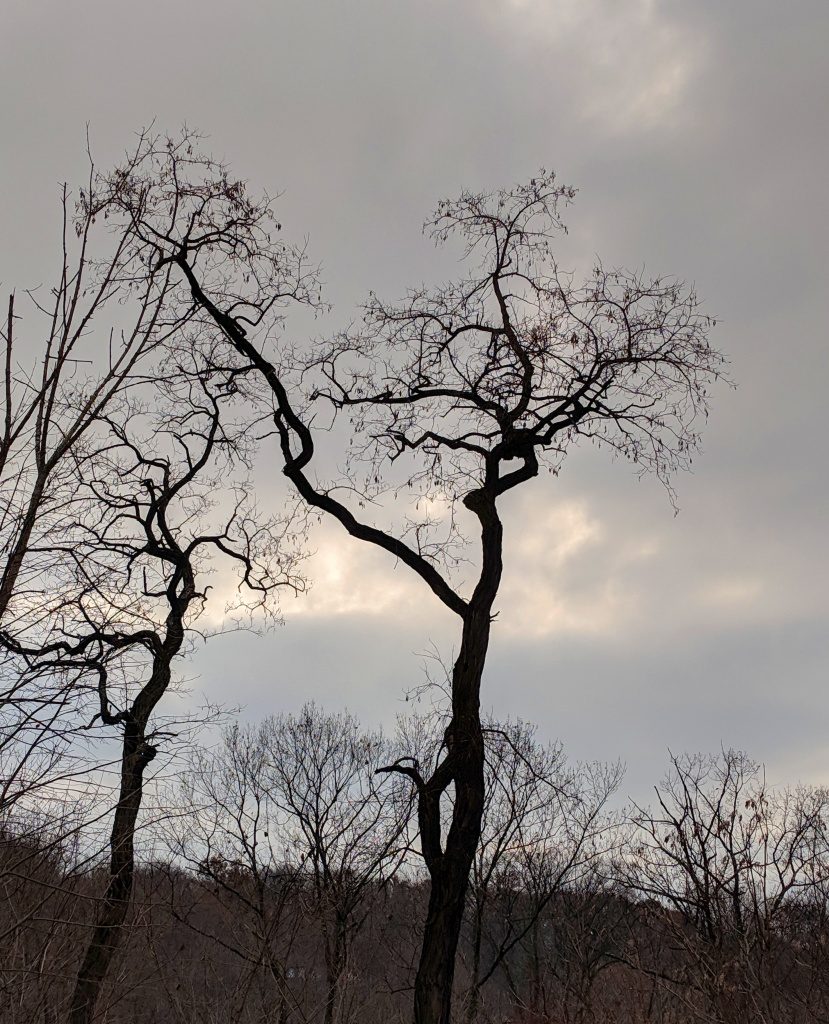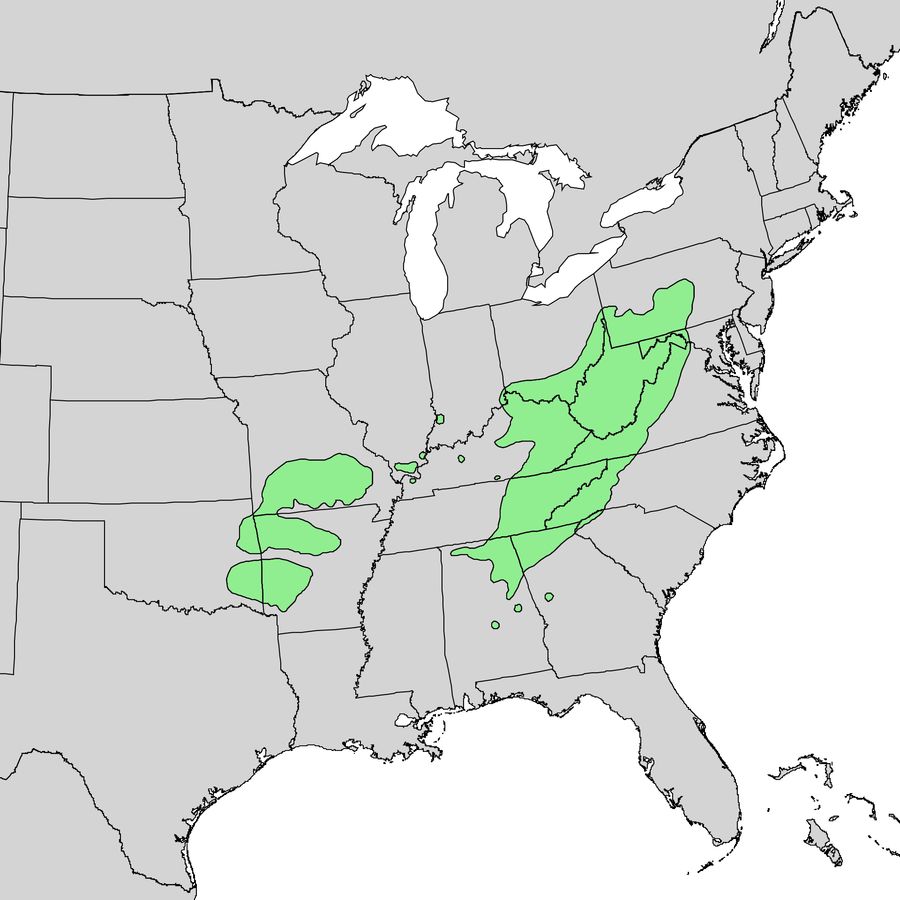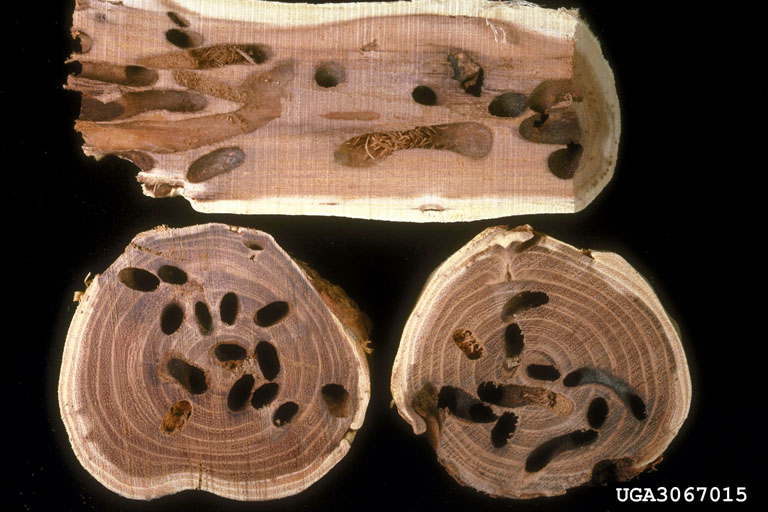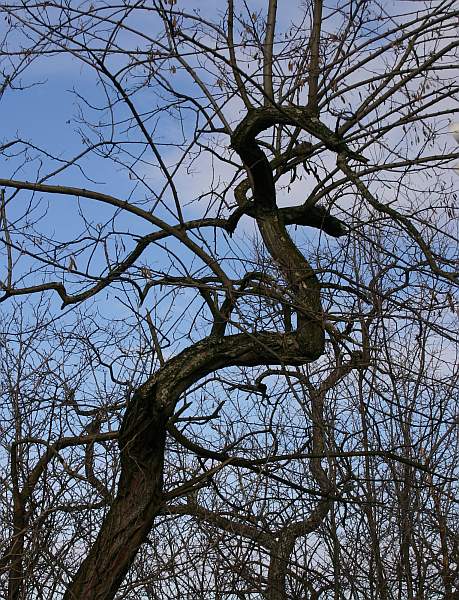
Now that the leaves have fallen we can see the skeletal shapes of trees. Did you know it’s possible to identify them by shape?
Seven years ago I wrote a series on identifying trees by their buds and bark but I didn’t mention shape except for this gnarly twisted tree, the black locust.
Black locusts (Robinia pseudoacacia) are easy to find in Pittsburgh because we’re within their native range and they grow well in disturbed soil. They’re often described as brittle and invasive but that’s because of what we did to them.

Because their hard wood is very durable and prized for furniture, flooring and fence posts, we planted black locusts around the world. Outside their range the trees became invasive. Meanwhile their natural enemy, the locust borer (Megacyllene robiniae), followed them wherever they went.
Locust borer larvae drill holes in the heartwood and weaken the tree. Before 1900 the bugs were in balance but that year the locust borer population exploded everywhere. Since then black locusts are usually infected and brittle so the trees rarely reach full size before they blow down.

But they do retain their distinctive shape. Here’s another example.

On Throw Back Thursday, learn more cool facts about black locusts and how to identify them in this vintage article: Winter Trees: Black Locust. Then take a walk outdoors to find their distinctive gnarly shapes.
In the next few months I’ll add more Shapes of Trees as I encounter them outdoors.
(photos by Kate St. John; map from Wikimedia Commons. click on the caption to see the original)
Black locust is common on the ridge where we live in Forest Hills Borough, eastern Allegheny County. Kate’s tip is spot-on. Once you learn its shape, you can’t miss black locust.
Black locust wood, well-seasoned, burns white hot
Thanks, Kate. I would like to learn how to ID more trees by shape.